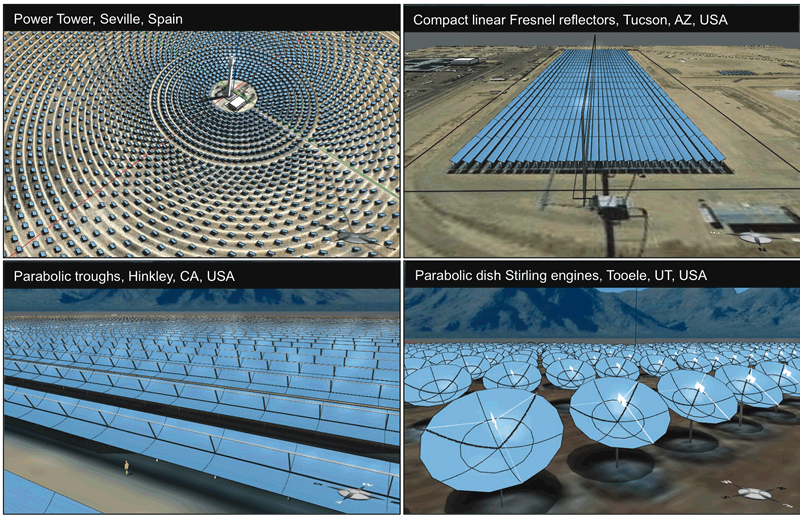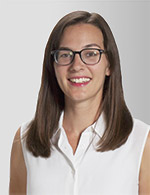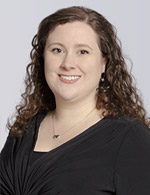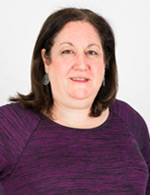The year 2017 was a significant one for the Concord Consortium. Even though we lost our founder—and an amazing friend, colleague, mentor, and collaborator—our memories of Robert Tinker and his work resonate in an enduring way. Not many people can say they’ve worked with a legend. But anyone who knew our beloved founder recognized they were in the presence of a brilliant mind and a person with genuine compassion. While Bob’s passing on June 21, 2017, is a source of sadness for us all, we honor his legacy every day through our work. Share your memory of how Bob inspired you (and read stories of the many people Bob inspired).
Here, we share our year’s top 10 news stories.
1. Data Science Education Leaps into the Future
We jump-started the new field of data science education to bring about effective learning with and about data. In February 2017 we convened the Data Science Education Technology conference in Berkeley, California—right next to our West Coast office—with over 100 thought leaders from organizations around the U.S. and six continents. We’ve also hosted over a dozen meetups and webinars since that seminal event. We’re planning our schedule for 2018 and invite you to help us bring about the data science education revolution.
2. We Publish Influential Research and Analysis
We published authoritative articles in the Earth Scientist, the International Journal of Science Education, IEEE Transactions on Education, the Journal of Research in Science Teaching, the Science Teacher, the Journal of Geoscience Education, the Community College Journal of Research and Practice, the Statistics Education Research Journal, and Science Scope. We’re looking forward to 2018, too, with several papers scheduled to be published in the New Year.
3. We Embraced Our Creative Side and Reached Out to You
We embraced our creative side, and collaborated with Blenderbox to create a website that invites users to explore our work and use our free digital resources. Two jam-packed newsletters offered visionary commentary as well as practical instruction. We expanded our blog, and reached out to many more of you through Twitter and Facebook. Keep your shares and comments coming.
 Energy3D can be used to design four types of concentrated solar power plants: solar power towers, linear Fresnel reflectors, parabolic troughs, and parabolic dishes.
Energy3D can be used to design four types of concentrated solar power plants: solar power towers, linear Fresnel reflectors, parabolic troughs, and parabolic dishes.
4. General Motors Awards $200,000 Grant
General Motors is committed to powering its worldwide factories and offices with 100% renewable energy by 2050. The company furthered its commitment by awarding the Concord Consortium a $200,000 grant to promote engineering education using renewable energy as a learning context and artificial intelligence as a teaching assistant. The project will use our signature Energy3D software, an easy-to-use CAD tool for designing and simulating solar power systems.
5. What a Busy Year Presenting on the Road
We presented our free resources and research at over 25 sessions at NSTA, NARST, AERA, ISTE, BLC, American Society for Engineering Education, NSTA STEM Forum & Expo, MAST, EdSurge, International Dialogue on STEM 2017, and ISDDE2017, plus the Global Education & Skills Forum in Dubai and the International Conference on Tangible, Embedded, and Embodied Interactions in Japan. Phew! At AERA 2018 we’ll host a special session to honor the work and legacy of Bob Tinker called “Deeply Digital Learning: The Influence of Robert Tinker on STEM Education and the Learning Sciences.”

Students can explore and evaluate the condition of their local watershed using the free, web-based Model My Watershed application.
6. We Won!
Congratulations to the WikiWatershed online toolkit, which includes the Model My Watershed app developed in collaboration with the Stroud Water Research Center. It was awarded the 2017 Governor’s Award for Environmental Excellence by the Pennsylvania Department of Environmental Protection. And our Water SCIENCE project won a facilitators’ choice award in the National Science Foundation’s STEM for All Video Showcase.
7. We Partnered with Publishers to Bring STEM Inquiry Activities to More Students
- We continued our partnership with McGraw-Hill Education to create engaging simulations for their Inspire Science elementary science curriculum. These simulations allow students to explore questions in ways that scientists and engineers do, and cover a variety of topic areas in K-5 science.
- We incorporated our Next-Generation Molecular Workbench into PASCO’s Essential Chemistry textbook as fully interactive simulations that challenge students to explore topics in chemistry such as chemical reactions and particle motion.
If you’re interested in creating a groundbreaking STEM curriculum or pursuing an innovative new idea together, we’re excited to explore the possibilities with you.
8. Twenty-four Hours of Pandemonium and Prototypes
Our East and West Coast offices got together in July for a “FedEx day,” so called because the goal is to develop a blizzard of new prototypes and innovations in 24 hours and deliver them overnight! We developed prototypes for blocks-based programming in augmented reality (imagine Scratch/StarLogo, but with printable blocks that connect like puzzle pieces); a collaborative ecology game based on a tangible user interface; an internal project dashboard (think Intranet on steroids); an agent-based convection model; a way to connect real-time sensor data from our offices directly into our data exploration tool CODAP; and an open-source editor for activity transcripts. Plus President Chad Dorsey got out his power tools and built a picnic table that turns into a bench — almost Transformer-worthy.
9. Six New Employees Sign On
We welcomed six fabulous new employees in our Concord, MA, and Emeryville, CA, offices: Tom Farmer, Lisa Hardy, Eli Kosminsky, Andrea Krehbiel, Joyce Massicotte, and Judi Raiff. Want to join our growing family? We’re hiring!
10. Thirty-One Projects Research and Develop Educational Technology and Curriculum
Through 31 research projects with countless amazing collaborators, we’re extending our pioneering work in the field of probeware and other tools for inquiry and continuing to develop award-winning STEM models and simulations. We’re taking the lead in new areas, including data science education, analytics and feedback, and engineering and science connections. And we’re exploring and creating cutting-edge new tools and technologies for tomorrow’s learners in our innovation lab.









